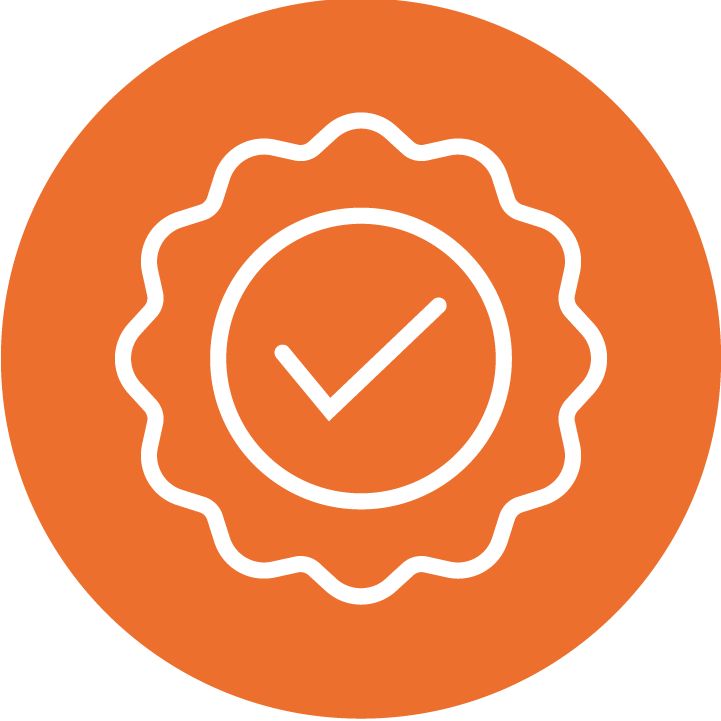Transcutaneous Monitoring
for Anesthesiologists
Anesthesiologists manage treatment of clinical patients in almost every department of the hospital. The Sentec Digital Monitoring System provides accurate CO2 and SpO2 values for continuous ventilation and oxygenation assessment, extending the standard of care to patients without airway or arterial line access.
Transcutaneous Monitoring
for Anesthesiologists
Anesthesiologists manage treatment of clinical patients in almost every department of the hospital. The Sentec Digital Monitoring System provides accurate CO2 and SpO2 values for continuous ventilation and oxygenation assessment, extending the standard of care to patients without airway or arterial line access.
Transcutaneous Monitoring
for Anesthesiologists
Anesthesiologists manage treatment of clinical patients in almost every department of the hospital. The Sentec Digital Monitoring System provides accurate CO2 and SpO2 values for continuous ventilation and oxygenation assessment, extending the standard of care to patients without airway or arterial line access.
Continuous, accurate, noninvasive CO2 monitoring that accommodates patients and providers in the perioperative environment.
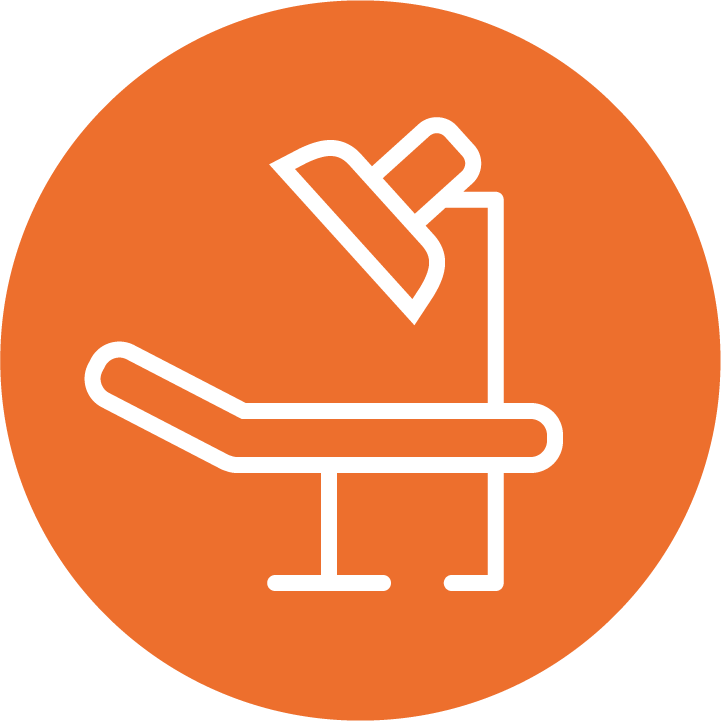
General Anesthesia
tcPCO2 may help guide ventilation for patients who require high frequency jet or oscillatory ventilation, one-lung ventilation, or who have prolonged apneic phases.
MAC/Sedation
Deeper sedation comes with an increased risk of respiratory compromise, making ventilatory monitoring a critical aspect in assuring quality care.
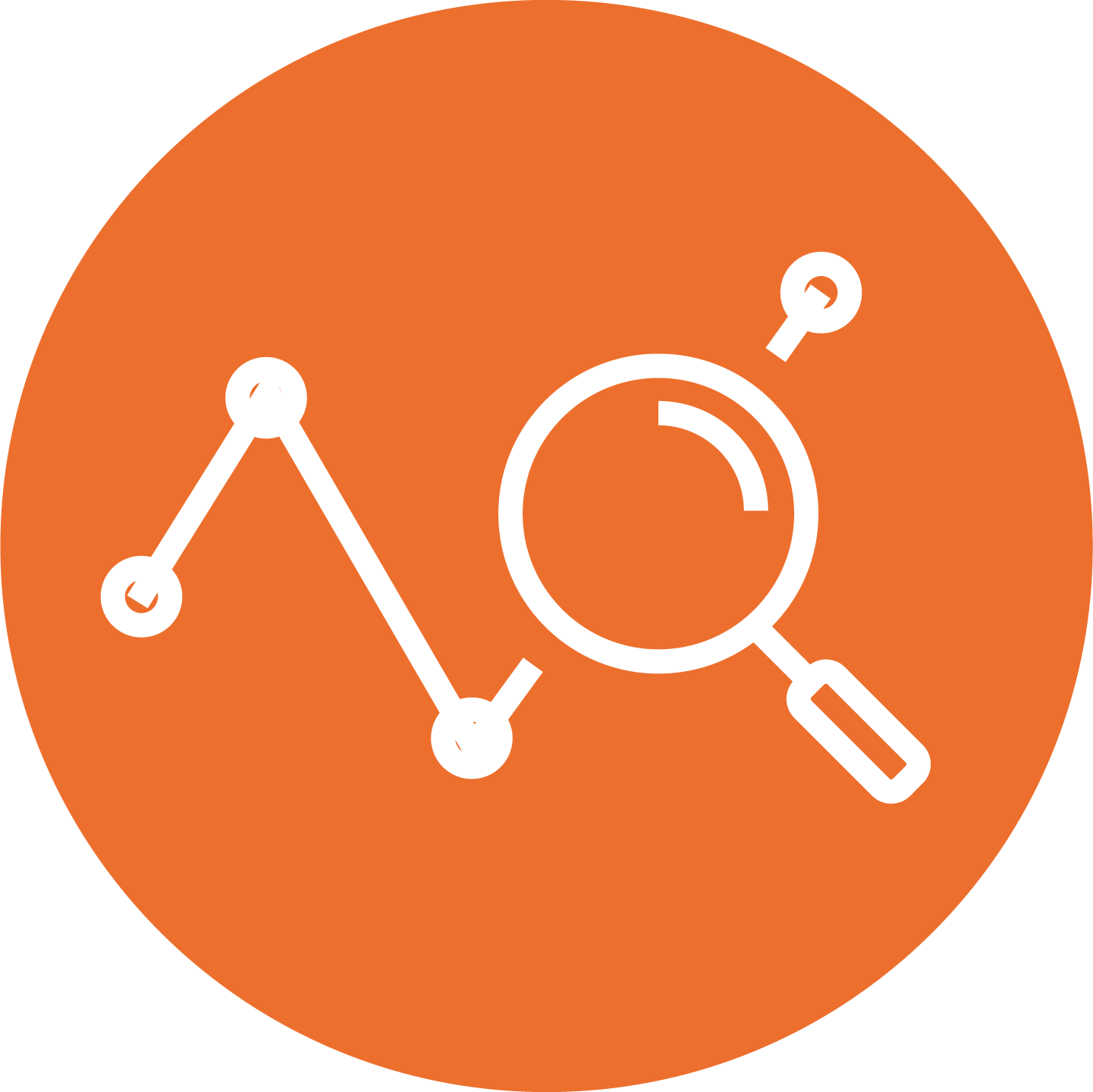
Consistent Accuracy
tcPCO2 provides better estimates of PaCO2 values than etCO2 during thoracic anesthesia, one-lung ventilation, and procedures for severely obese adults with V/Q mismatch.
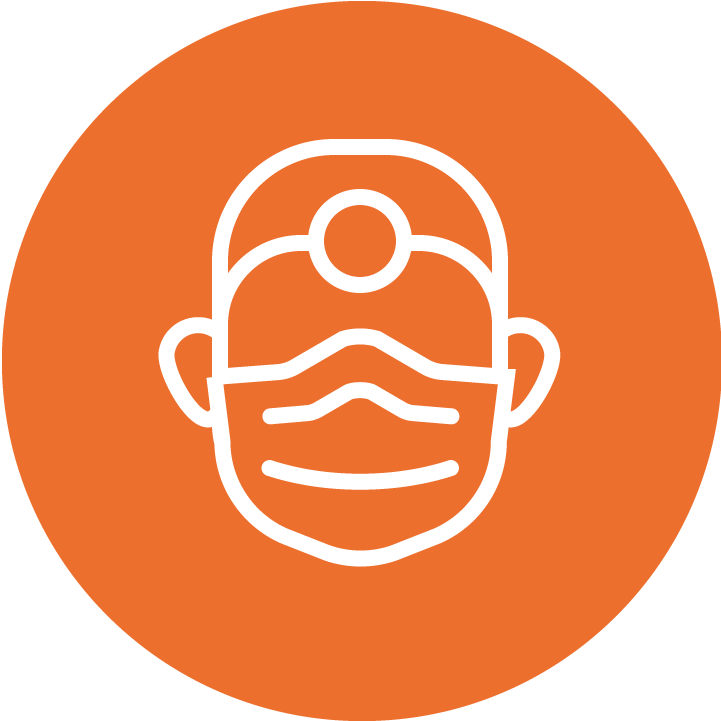
Post-OP
tcPCO2 allows for monitoring respiratory depression in patients on PCA pumps and with high risk factors like COPD.
TCM IN ANESTHESIOLOGY
Continuous, accurate, noninvasive CO2 monitoring for surgical, sedated, and recovering patients.
Sentec technology provides accurate, continuous CO2, SpO2, and pulse rate information regardless of ventilation method to support the assessment of hypoventilation in sedated and/or post-operative patients. A variety of anatomical monitoring sites help maintain a clear surgical field.
TCM IN ANESTHESIOLOGY
Continuous, accurate, noninvasive CO2 monitoring for surgical, sedated, and recovering patients.
Sentec technology provides accurate, continuous CO2, SpO2, and pulse rate information regardless of ventilation method to support the assessment of hypoventilation in sedated and/or post-operative patients. A variety of anatomical monitoring sites help maintain a clear surgical field.
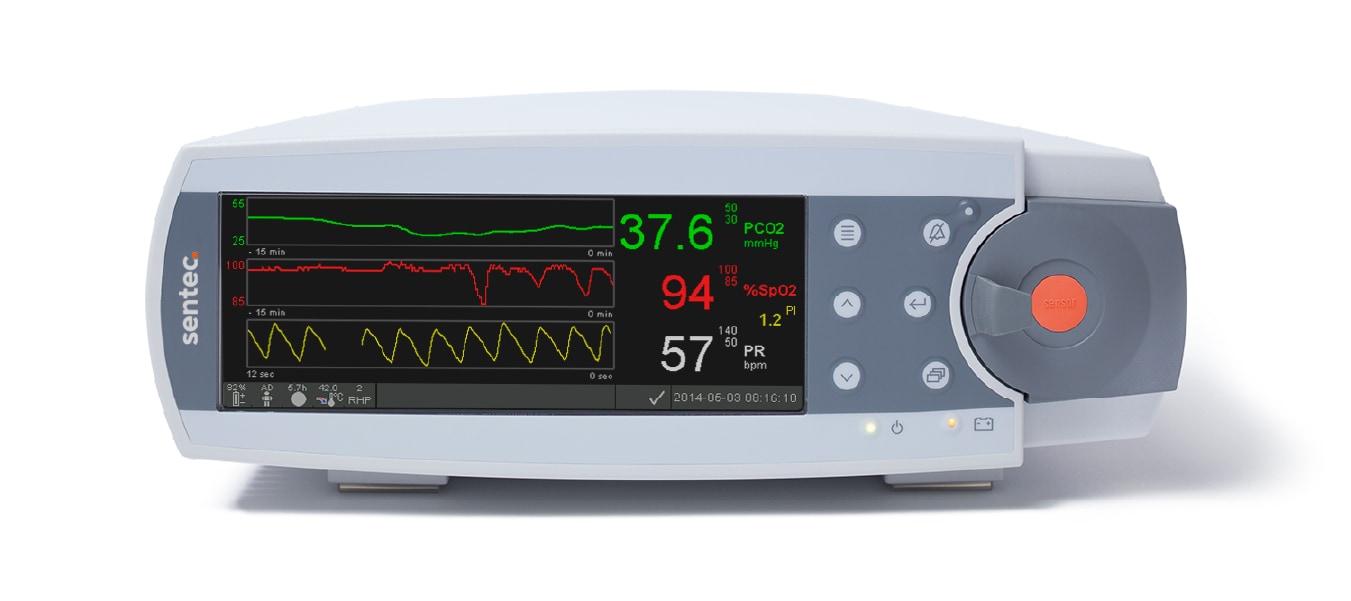
Benefits for Patients
Benefits for Providers
Benefits for Providers
Transcutaneous Monitoring in Anesthesia & Post-Operative Care
Download this clinical resource that features publications relative to [...]
Transcutaneous CO2 Monitoring: Alerting the Anesthesia Provider to Impending Respiratory Depression – June 2018
June 21st, 2018 Jeanette R Bauchat, MD [...]
Transcutaneous Monitoring in Anesthesia & Post-Operative Care
Download this clinical resource that features publications relative to [...]
Transcutaneous CO2 Monitoring: Alerting the Anesthesia Provider to Impending Respiratory Depression – June 2018
June 21st, 2018 Jeanette R Bauchat, MD [...]
